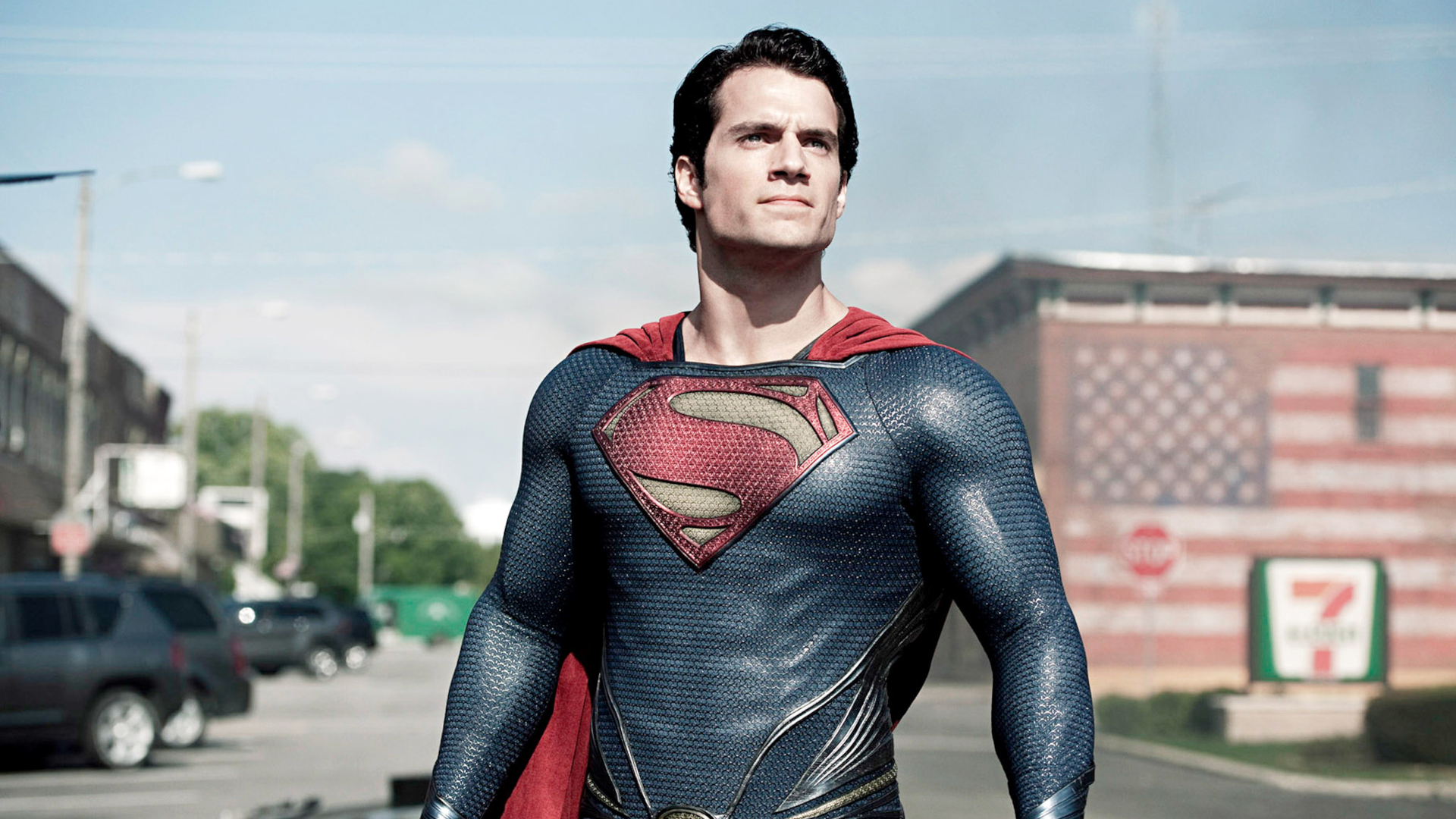
Making you believe a man can fly is the easy part. DC's Man of Steel has been a fixture on cinema screens ever since Richard Donner directed the wonderful "Superman: The Movie." But, with its ridiculous time-turning conclusion, the 1978 classic revealed a problem that's been plaguing the last son of Krypton ever since: Superman movies never end well.
This may be down to a fundamental flaw with the character: Superman's lack of weakness is actually his biggest weakness. Indeed, that god-like skillset makes him so across-the-board powerful that writers require Brainiac-level intellect to imagine enemies capable of defeating him. And with few of Superman's friends powerful enough to rescue him from such biblical threats (even Krypto), deus ex machina often proves to be his only salvation — particularly within the two- to three-hour running time of a film.
So, as James Gunn's Superman's brand new take on one of pop culture's most famous friendly aliens swoops into theaters around the world, we look back on Supes' previous battles with troublesome (and sometimes ridiculous) denouements. Mr. Gunn, the challenge is afoot.
Superman: The Movie (1978)
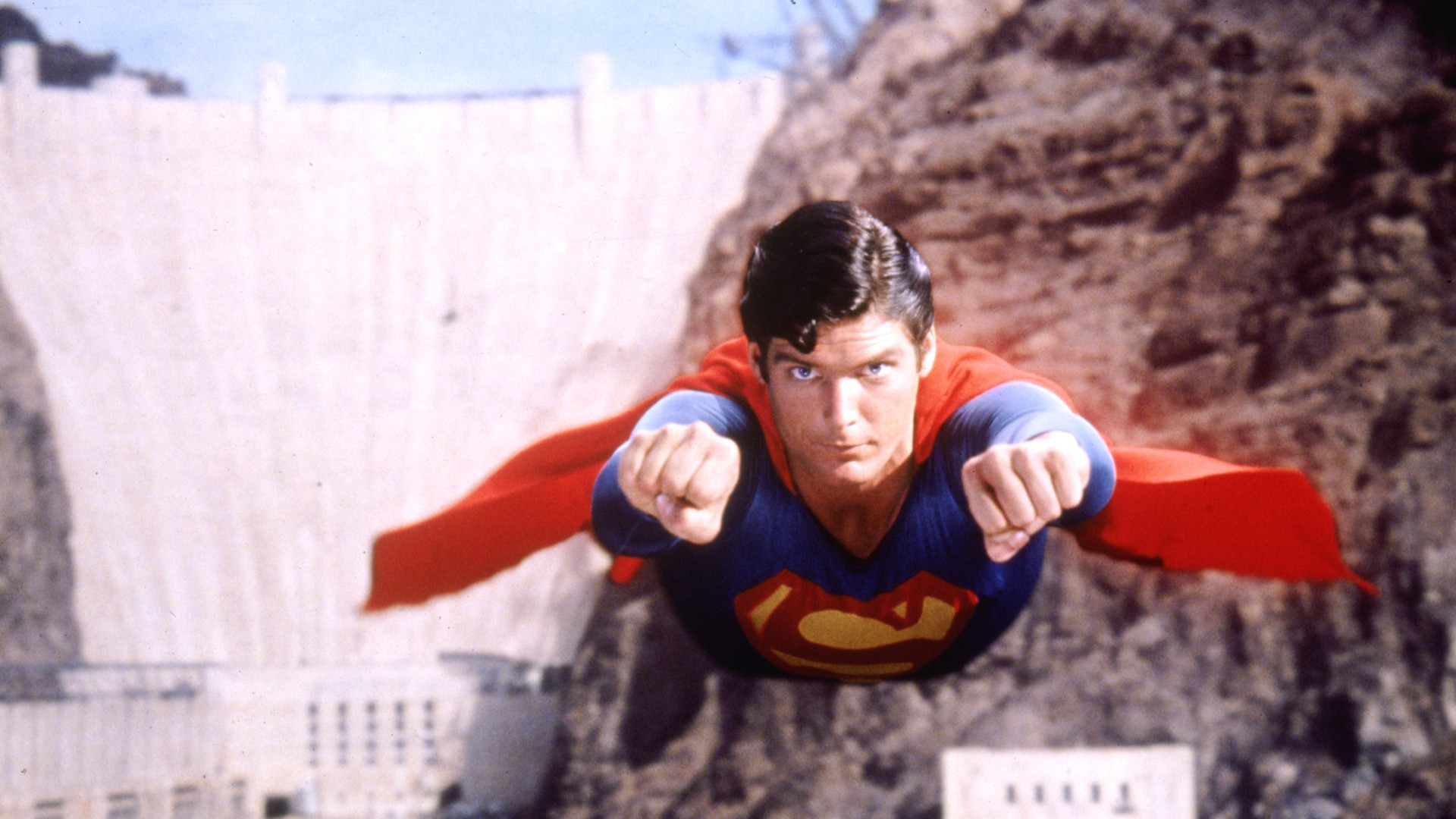
It feels churlish to criticize anything about Richard Donner's perfectly pitched 1978 origin story, but there's no question it comes unstuck in its final act.
Criminal mastermind Lex Luthor (Gene Hackman) plans to nuke the San Andreas fault, turning his cheaply acquired Californian housing empire into lucrative beachfront property in the process. After escaping a rather mediocre kryptonite trap, Superman (Christopher Reeve) arrives on the west coast to face what's arguably his biggest weakness — the fact he cares about everyone.
So, by the time he's repaired the fault, rescued a busload of kids on the Golden Gate Bridge, and saved a valley from a collapsed dam, he arrives too late to save Lois Lane (Margot Kidder), killed when her car is buried in a landslide. His solution? Defy his late dad's strict non-interference policy by flying around the world fast enough to reverse the Earth's spin, and rewind time to a point where Lois is still alive. It's such a massive cheat code that you wonder why Supes doesn't use this time travel trick in every single movie…
Superman II (1980)
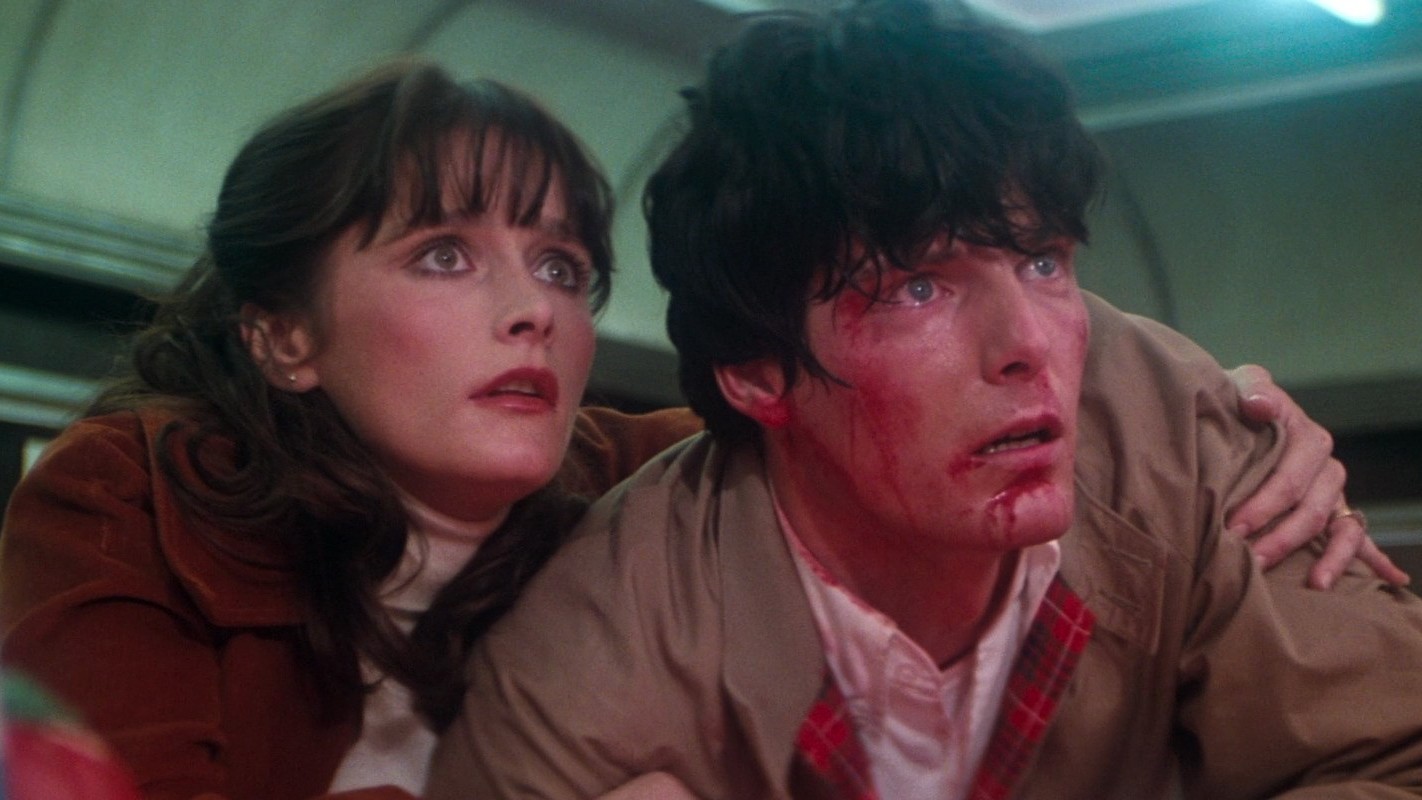
In fact, said cheat code could have been rehashed in Donner's original version of "Superman II," had he not been replaced by Richard Lester. (The "Donner Cut" was eventually released in 2006.) As unsatisfactory as this cinematic déjà vu would have been, it would have made more sense than what ended up in the theatrical release, most of which had been reshot by Lester.
In this entertaining sequel, Lois learns Clark's identity, prompting him to renounce his Kryptonian superpowers — a process that, as his late mom (Susannah York) repeatedly tells him, is irreversible.
His fateful choice may have had minimal repercussions had it not coincided with the arrival of General Zod (Terence Stamp), Ursa (Sarah Douglas), and Non (Jack O'Halloran), a trio of Kryptonian villains freshly escaped from the Phantom Zone. After an altercation in a diner makes him bleed his own blood, an inadequately clothed (and very human) Clark somehow trudges through the Arctic wastes to reach his Fortress of Solitude.
The film never explains the mechanics — we think it has something to do with a green crystal — but the next time the son of Jor-El appears on screen, he's back in Metropolis, those gone-forever powers miraculously restored. With the Zod squad successfully dispatched, Clark uses the power of a kiss to make Lois forget about the events of the last few days. Reversing time is almost plausible in comparison, and definitely less sinister.
(Interestingly, "Spider-Man 2" features a similar plotline about Peter Parker temporarily losing his powers, and the resolution is just as disappointing — turns out he just needed to rediscover his wall-crawling mojo.)
Superman III (1983)
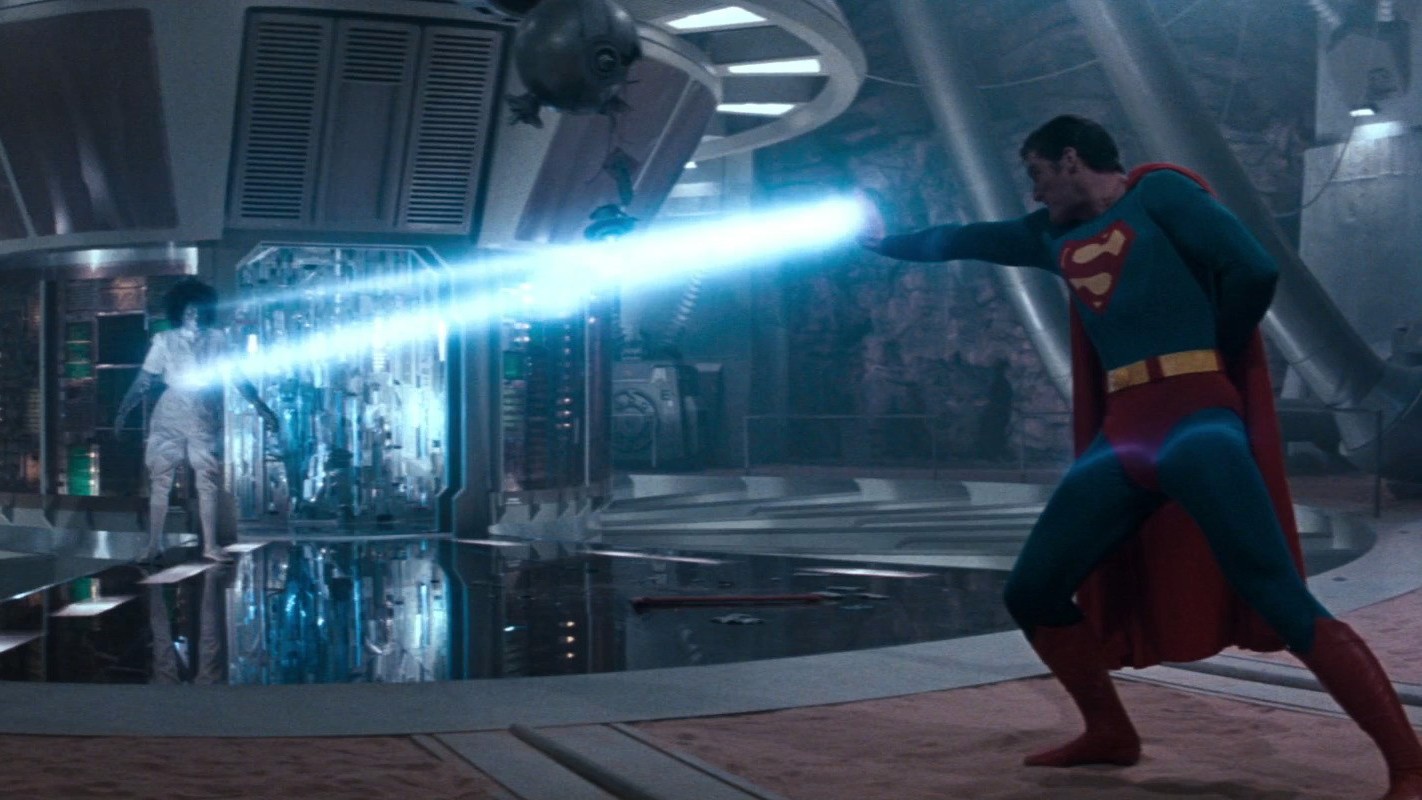
The film where the original Super-franchise first jumped the shark is as much a vehicle for comedy legend Richard Pryor as man-in-tights Christopher Reeve. Working for mediocre Luthor facsimile Ross Webster (Robert Vaughn), Pryor's computer genius Gus Gorman fabricates an artificial kryptonite, which — like the red variant in the comics — turns Superman bad.
Although the metaphorical battle for Superman's soul — played out in a scrapyard between Clark and an evil, stubbly Superman — is one of the most iconic sequences in the saga, the Man of Steel's final clash with a sentient supercomputer is one to file under "total bust." The briefly teased scrap with the freaky robo-woman forged from Webster's sister (Annie Ross) never gets started, while Superman's victory is dependent on the unlikely stupidity of a machine smart enough to improvise its own kryptonite ray in seconds.
Yes, even a child would have spotted that Superman is holding something behind his back. Alas, this jar of concentrated Beltric acid causes the device's rapid (and very permanent) shutdown.
Superman IV: The Quest for Peace (1987)
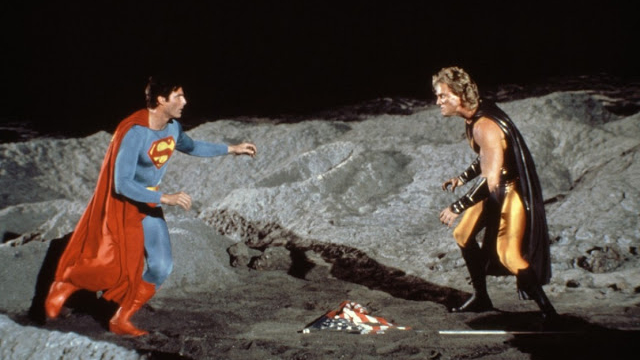
Identifying problems with "Superman IV" is as easy as shooting fish in a barrel. Everything about this low-budget franchise extension is a mess, from the low-rise English city of Milton Keynes masquerading as Metropolis to its on-the-nose moralizing about world peace. Solar-powered bad guy Nuclear Man (Mark Pillow) will not be troubling any lists of cinema's greatest supervillains, while that creepy amnesia kiss also gets another run-out — this time to help Clark steal a quick heart-to-heart with Lois.
With all that going on, the ending isn't actually the movie's biggest problem. Even so, Clark's recovery from Nuclear Man's poisonous scratch defies both logic and explanation (take another bow, magic crystal), as does his decision to dump Nuclear Man in a lunar crater that'll be exposed to the full, restorative glare of the sun within moments. He saves the day by pushing the whole moon (yes, really) to instigate a solar eclipse, permanently powering down his adversary and (presumably) rendering every tide table on the planet obsolete.
Superman Returns (2006)
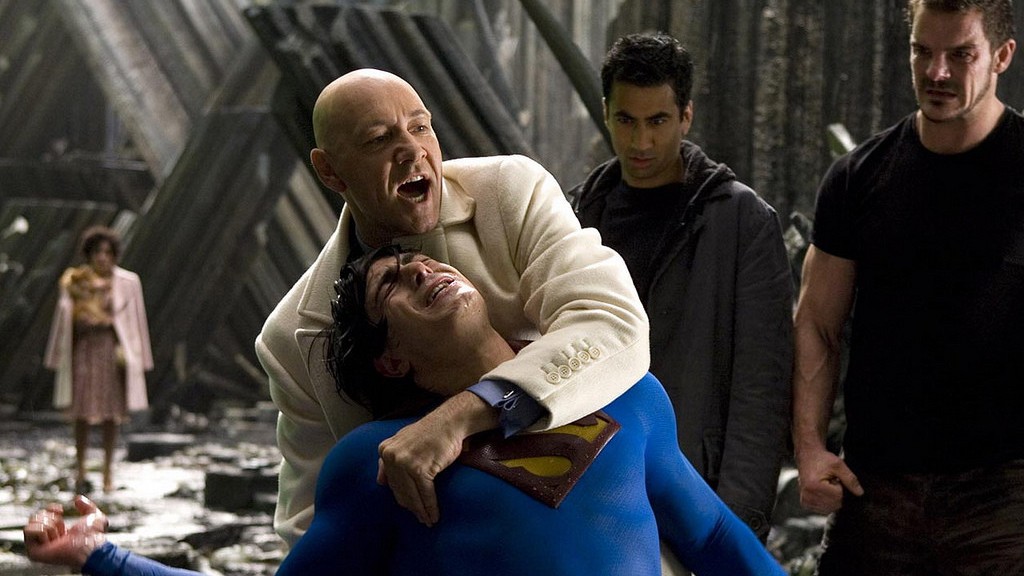
The franchise had been dormant for two decades when this sequel pretended — perhaps wisely — that the events of the third and fourth instalments never happened. We quickly learn that Clark (Brandon Routh) and Lois's (Kate Bosworth) steamy night in the Fortress of Solitude resulted in the birth of a son, Jason (Tristan Lake Leabu), and that the kid's a superpowered chip off the old block. But, despite an all-new cast and creative team, endings are still Superman's Achilles's heel.
This time out, Lex Luthor (Kevin Spacey) uses Kryptonian technology to build a vast new island off America's eastern seaboard. In order to keep Superman's nose out of his business, he's impregnated the whole thing with kryptonite. It therefore makes sense when Luthor's hired goons are able to beat the Man of Steel to a pulp and throw him into the ocean.
It makes rather less sense, however, when Superman makes enough of a recovery to use his laser vision to cut the new landmass from the Earth's crust. He then flies it into outer space, even though he's in close proximity to the same kryptonite that was killing him a few minutes earlier. Logic only makes a cameo when the effort gets too much for Superman, and he plummets to Earth like a stone in a red cape.
Man of Steel (2013)
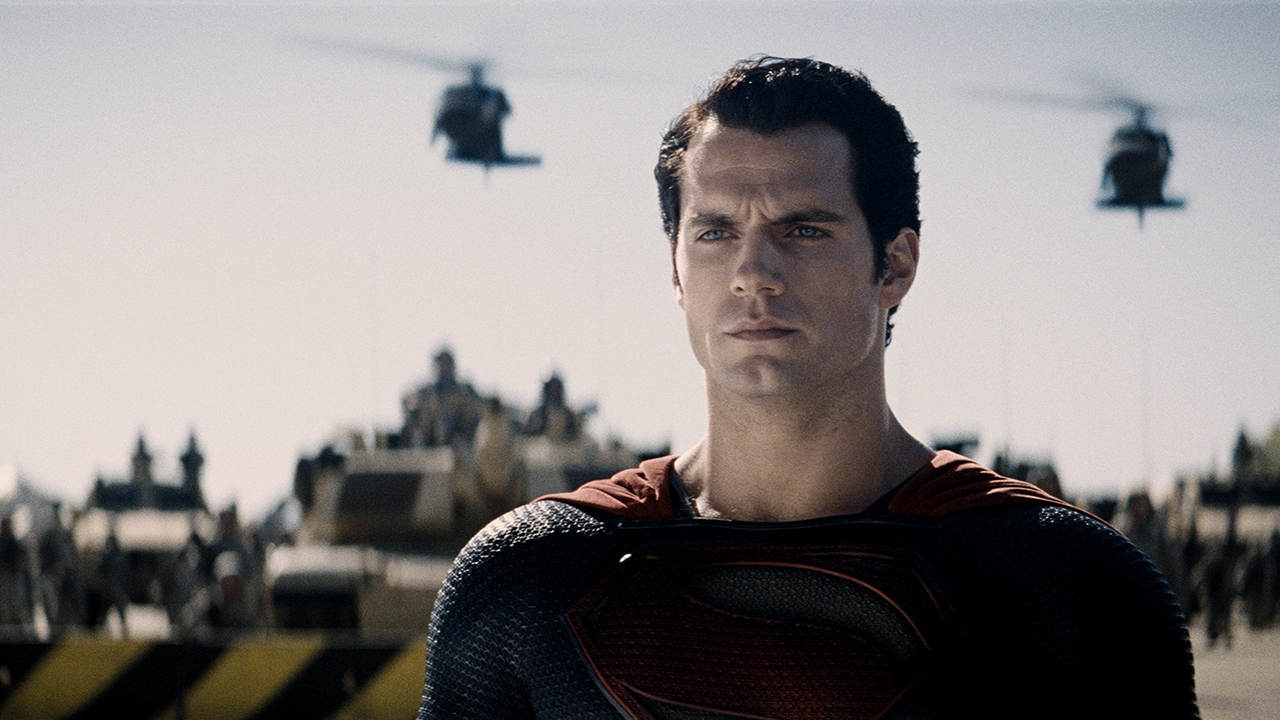
Of all the denouements on this list, "Man of Steel"'s is the one that makes the most dramatic sense. It's also, by some distance, the most controversial of the lot.
The aspirations of Zack Snyder's General Zod (Michael Shannon) go way beyond persuading the son of Jor-El (Henry Cavill) to kneel before him. Instead, this Kryptonian zealot wants to use his "world engines" to terraform Earth into the reincarnation of his extinct homeworld — and it's safe to say he doesn't care about the implications for the human race.
Neither, it seems, does Superman, whose destructive aerial battle with Zod flattens numerous city blocks, causing the deaths of many Metropolis citizens. (This is one of the motivations for Bruce Wayne's beef with his superpowered rival in the "Batman v Superman" follow-up.)
When a defeated Zod threatens to kill innocent civilians with his laser eyes, Supes decides that snapping his rival's neck is the only way to save the day. It's hard to think how else he could have resolved the situation, but many DC Comics purists were furious when their hero violated his sacred "thou shalt not kill" prime directive.
Batman vs Superman: Dawn of Justice (2016) / Justice League (2017)
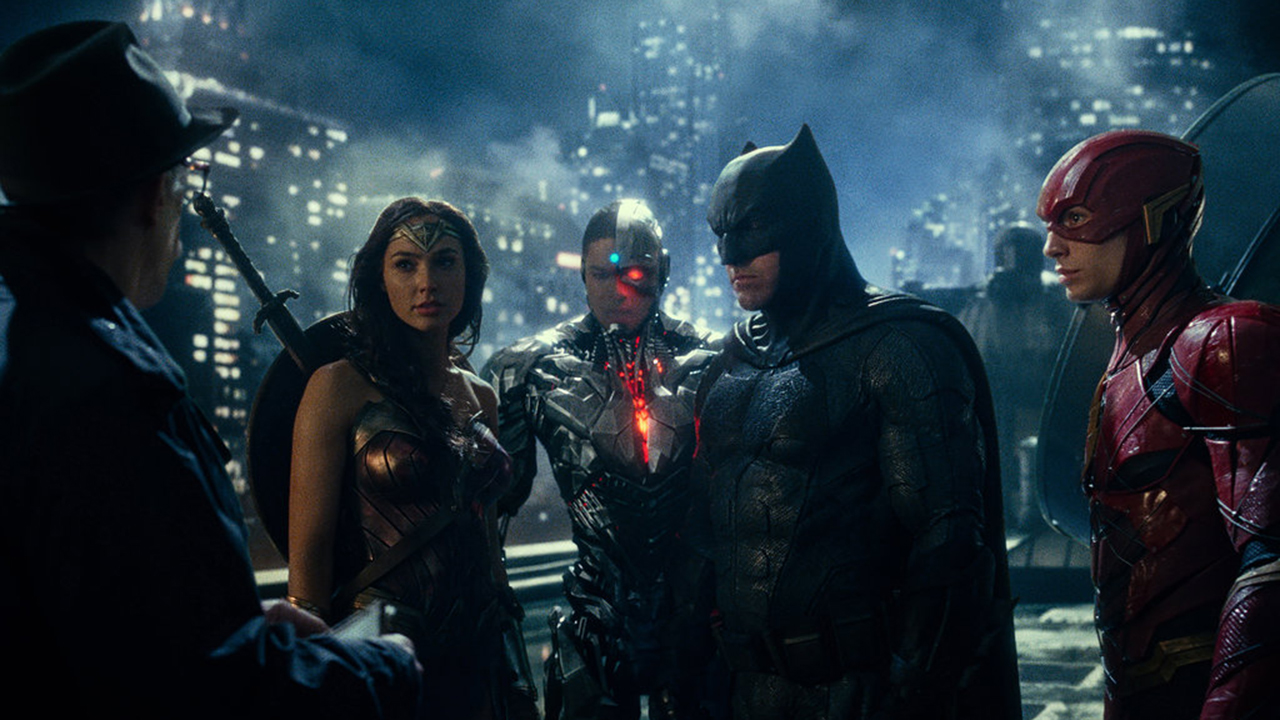
The motivation for the titular heroes' truce in "Dawn of Justice" has been widely mocked (their moms are both called Martha). But, in all fairness, it's one movie where Superman does get a satisfactory ending, bumped off by genetically engineered monstrosity Doomsday — a nod to famous 1992 comic arc "The Death of Superman."
A-list superheroes rarely stay dead for long, however, and — as had been spoiled via early "Justice League" artwork — he returned for the superhero team-up. In both Joss Whedon's theatrical version and Zack Snyder's longer cut, Clark Kent is resurrected by some cosmic hocus-pocus housed in an alien Mother Box. During a stint of amnesia, Superman fights the A-Team of the DC Extended Universe movie heroes — Batman, Wonder Woman, Aquaman, Cyborg, and the Flash — before eventually coming back to his senses courtesy of a timely intervention from Lois Lane. He subsequently dons a new black suit (taking style tips from the Caped Crusader, perhaps?) and helps the League defeat cosmic bad guy Steppenwolf.
He ends both "Justice League"s by going back to work as mild-mannered reporter Clark Kent, almost as if nothing had happened. Fair enough, but coming back from the dead must have been a tricky one to explain to the Daily Planet's HR team...
James Gunn's "Superman" is in cinemas from Friday, July 11.







